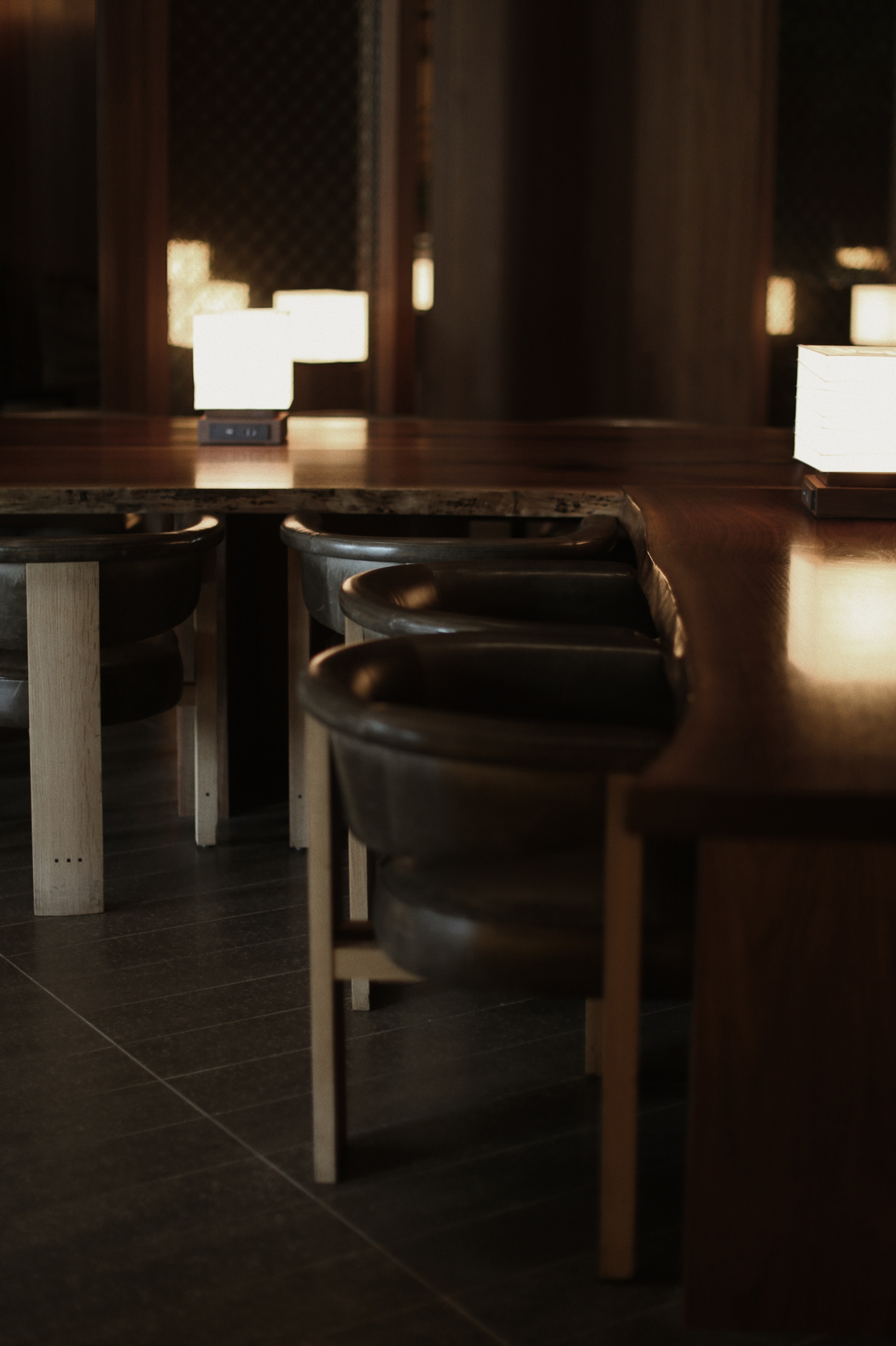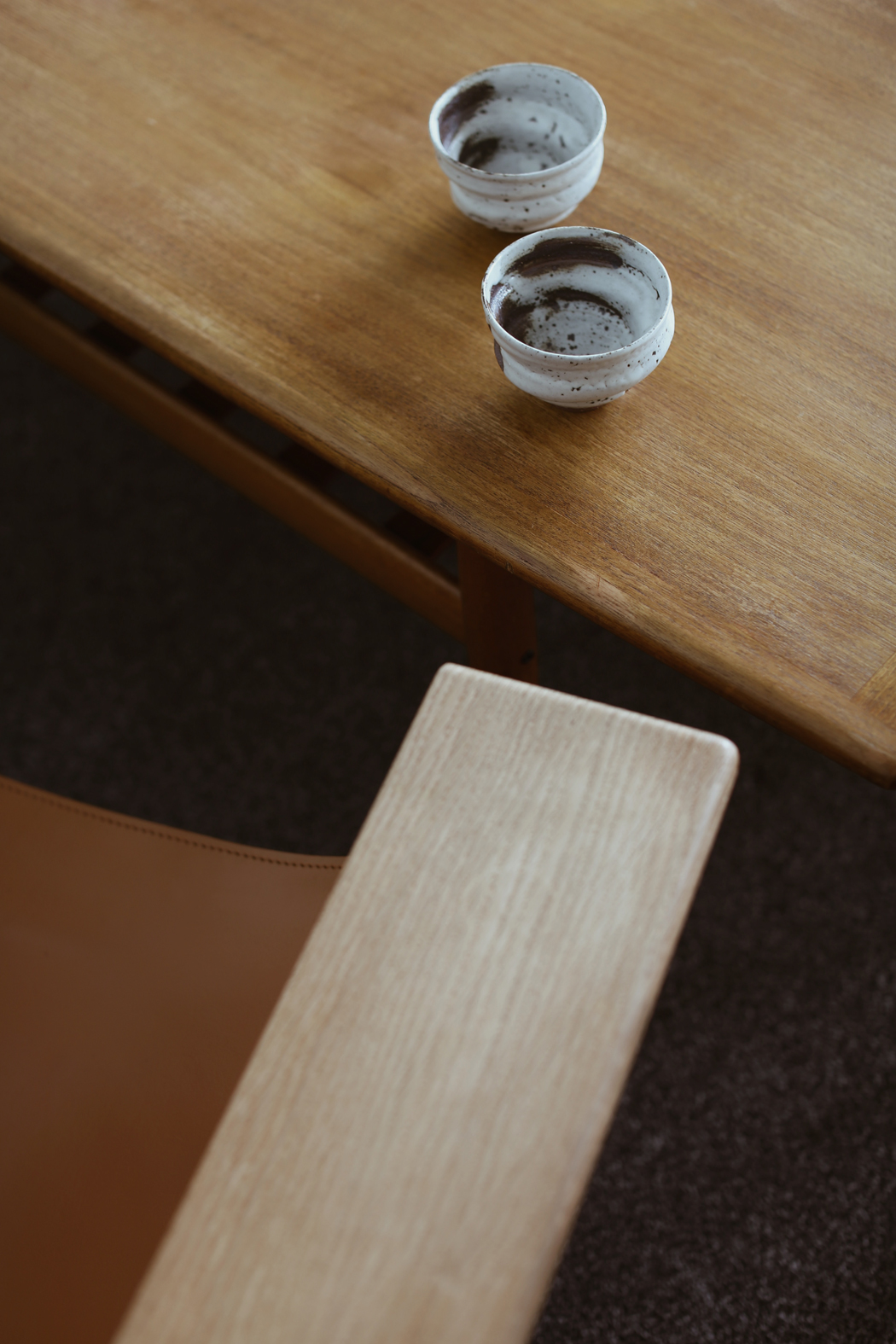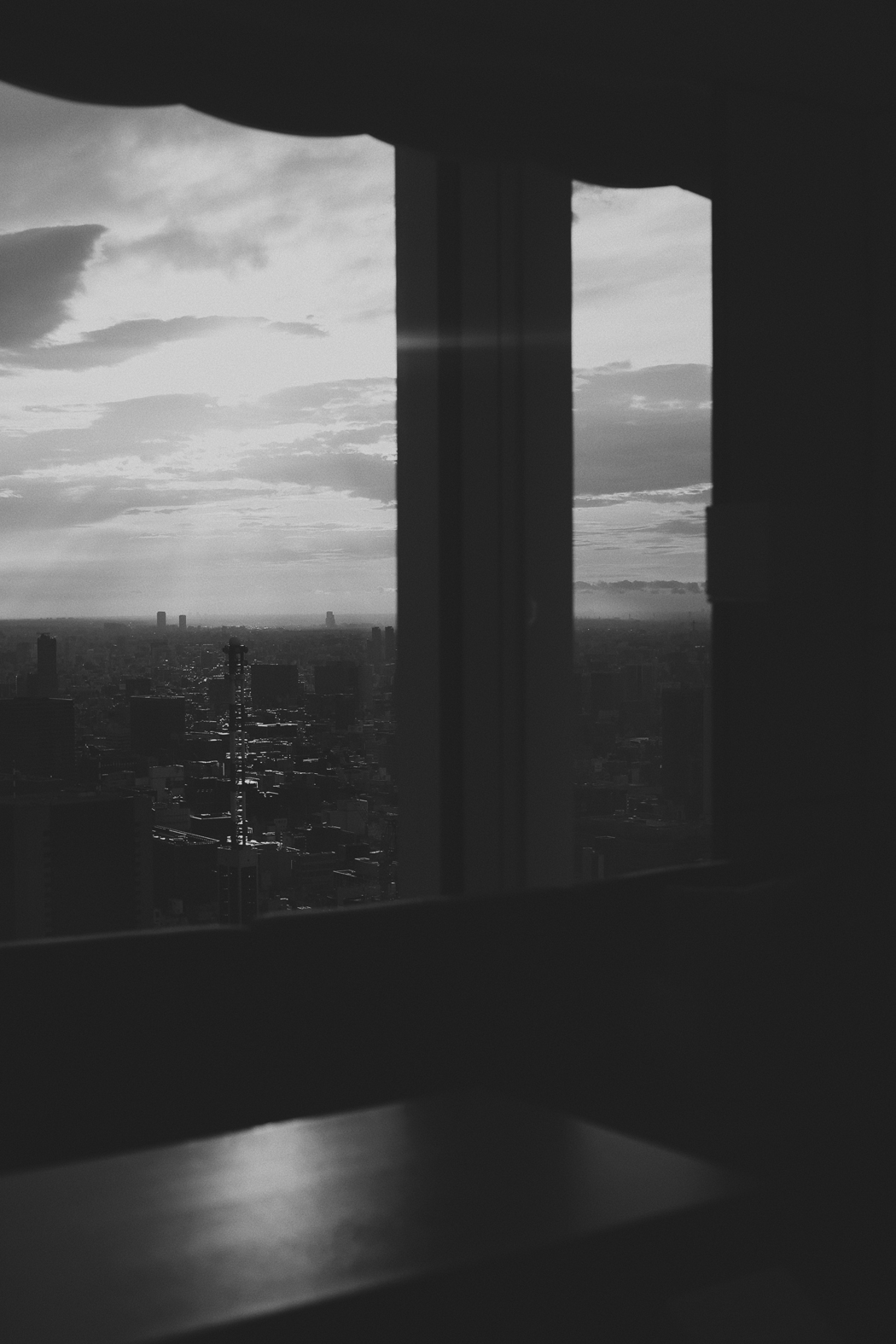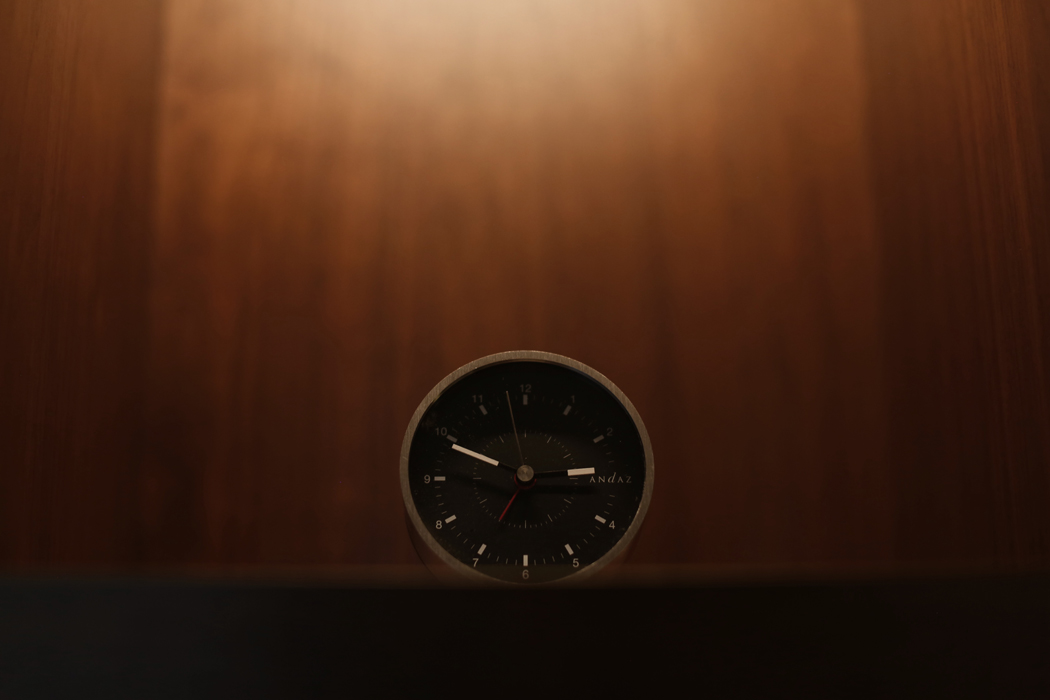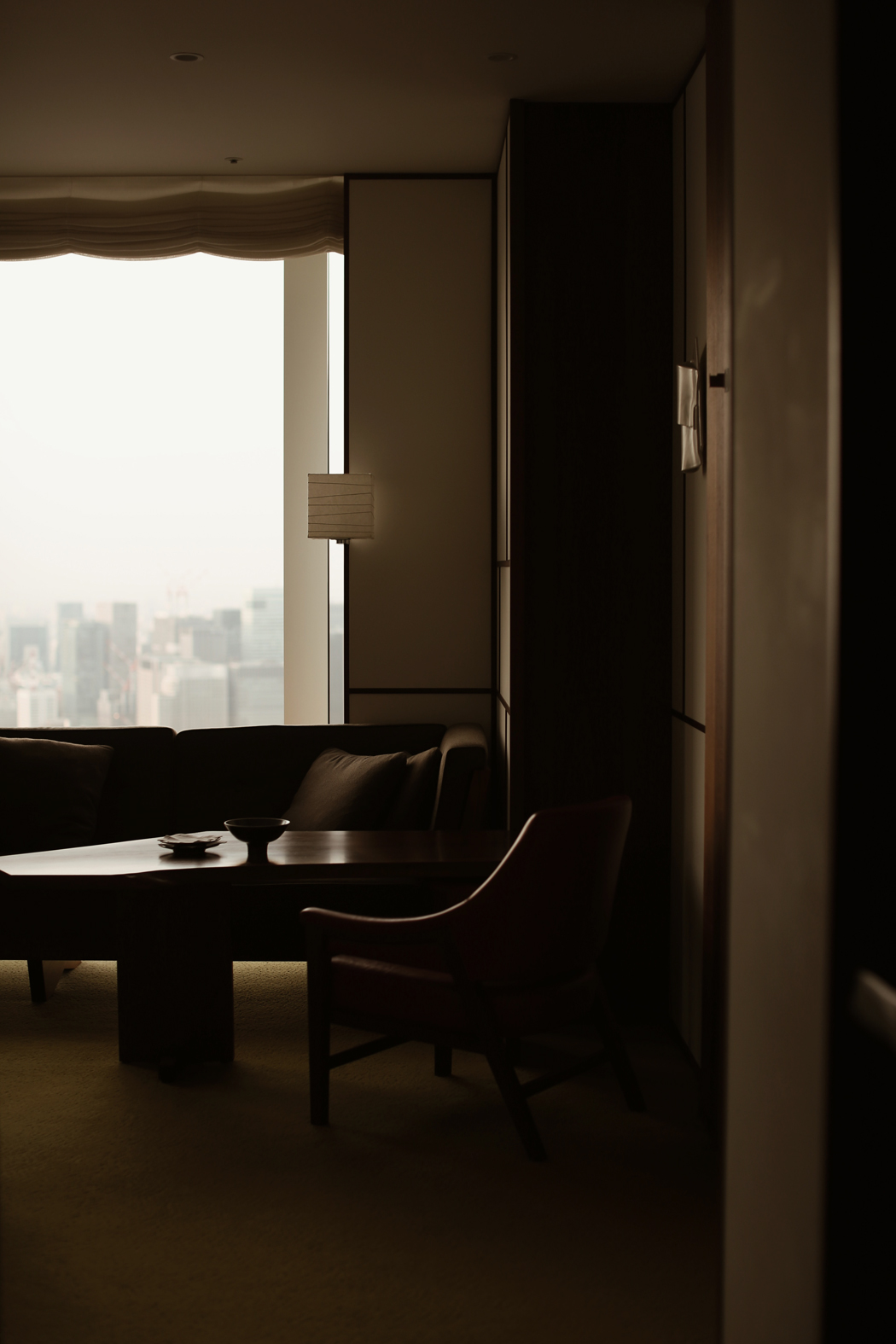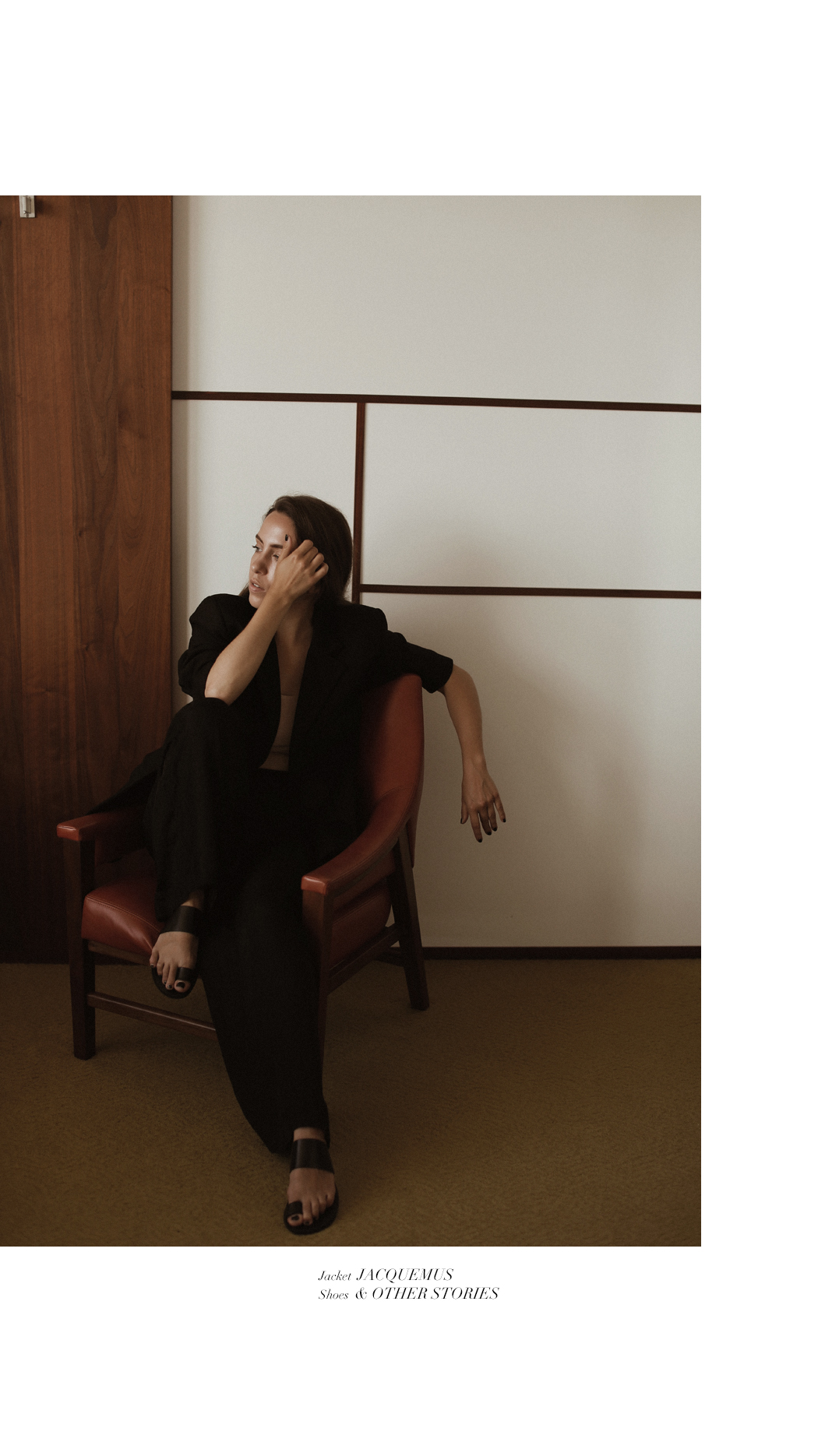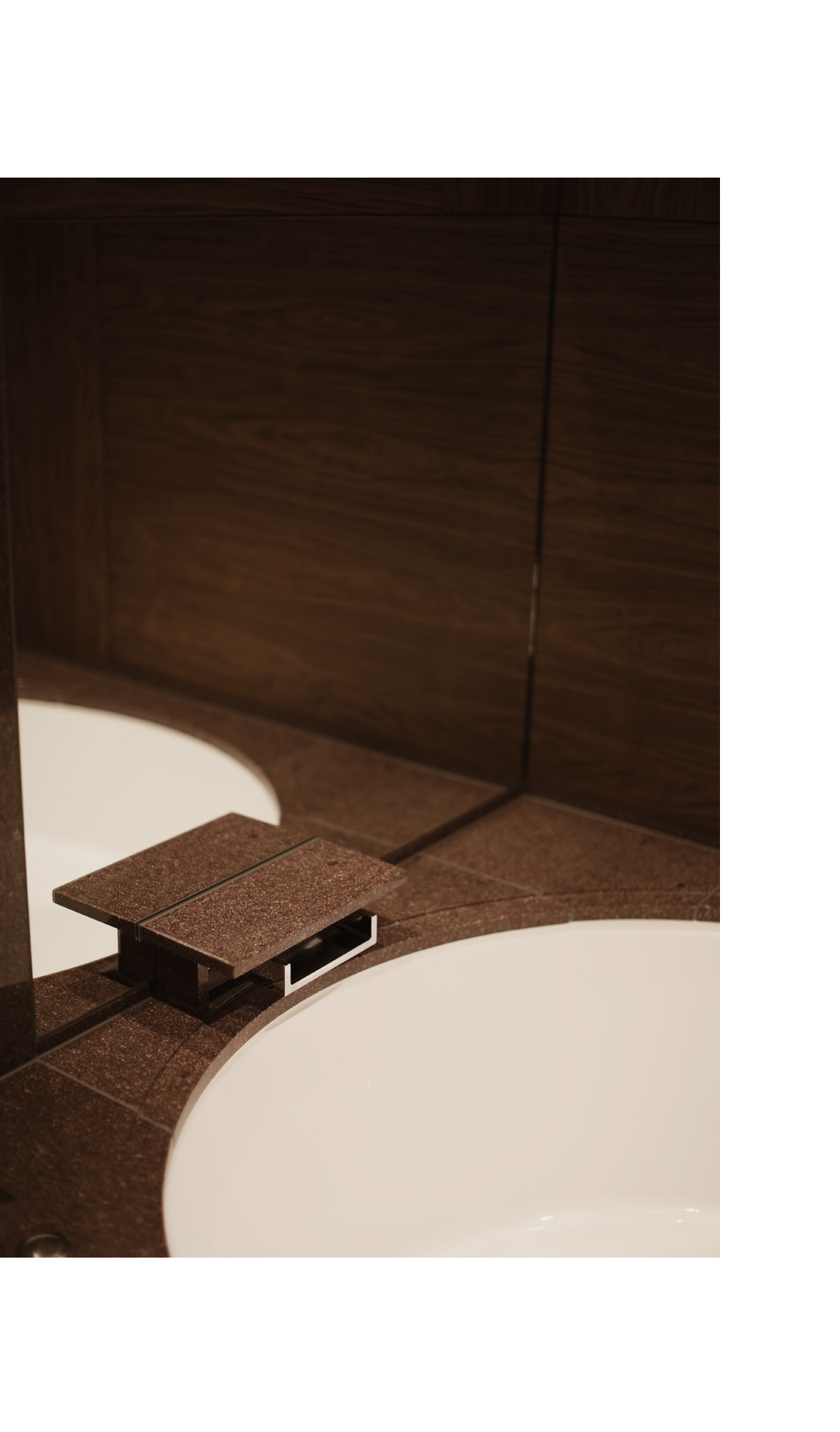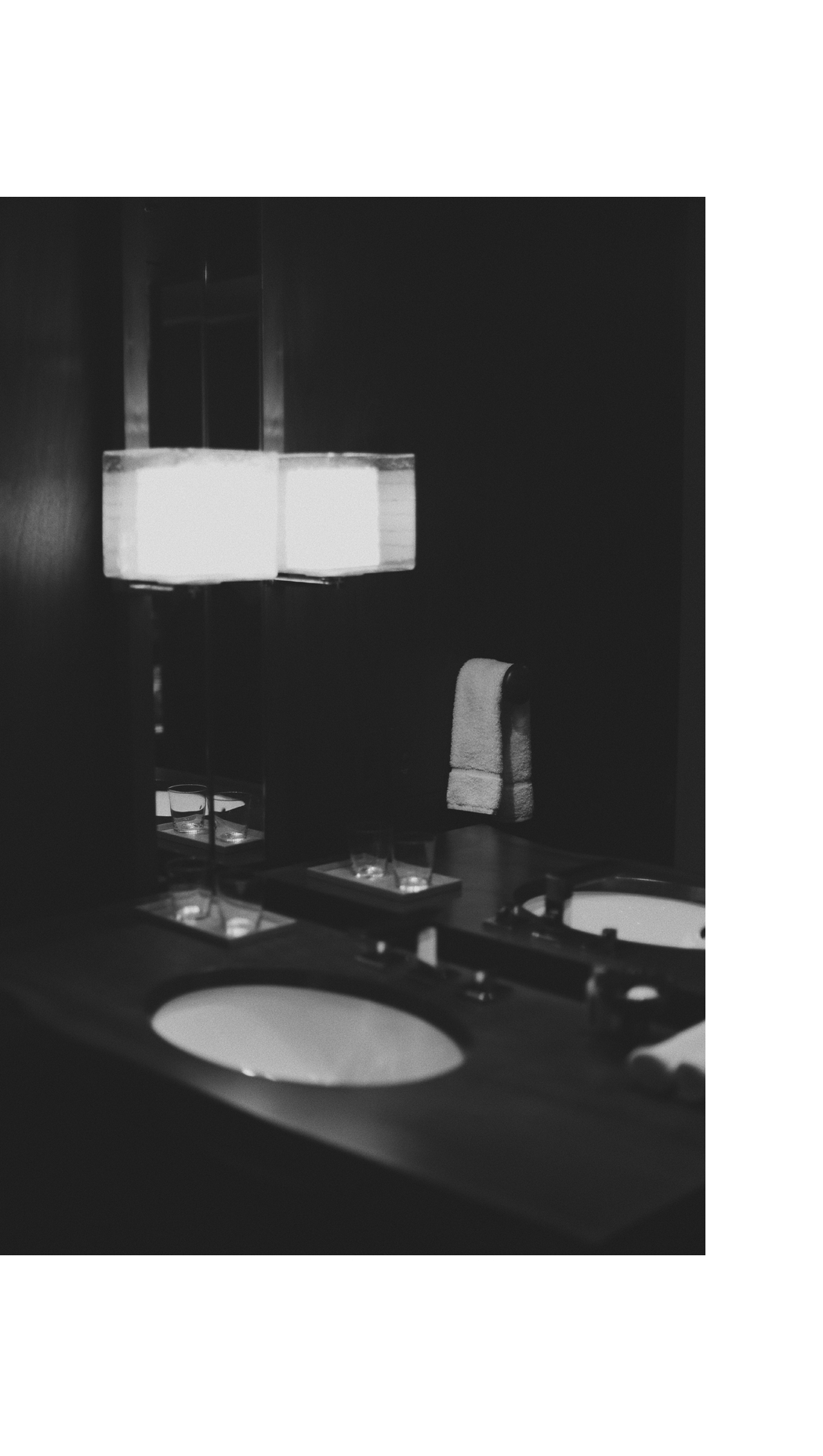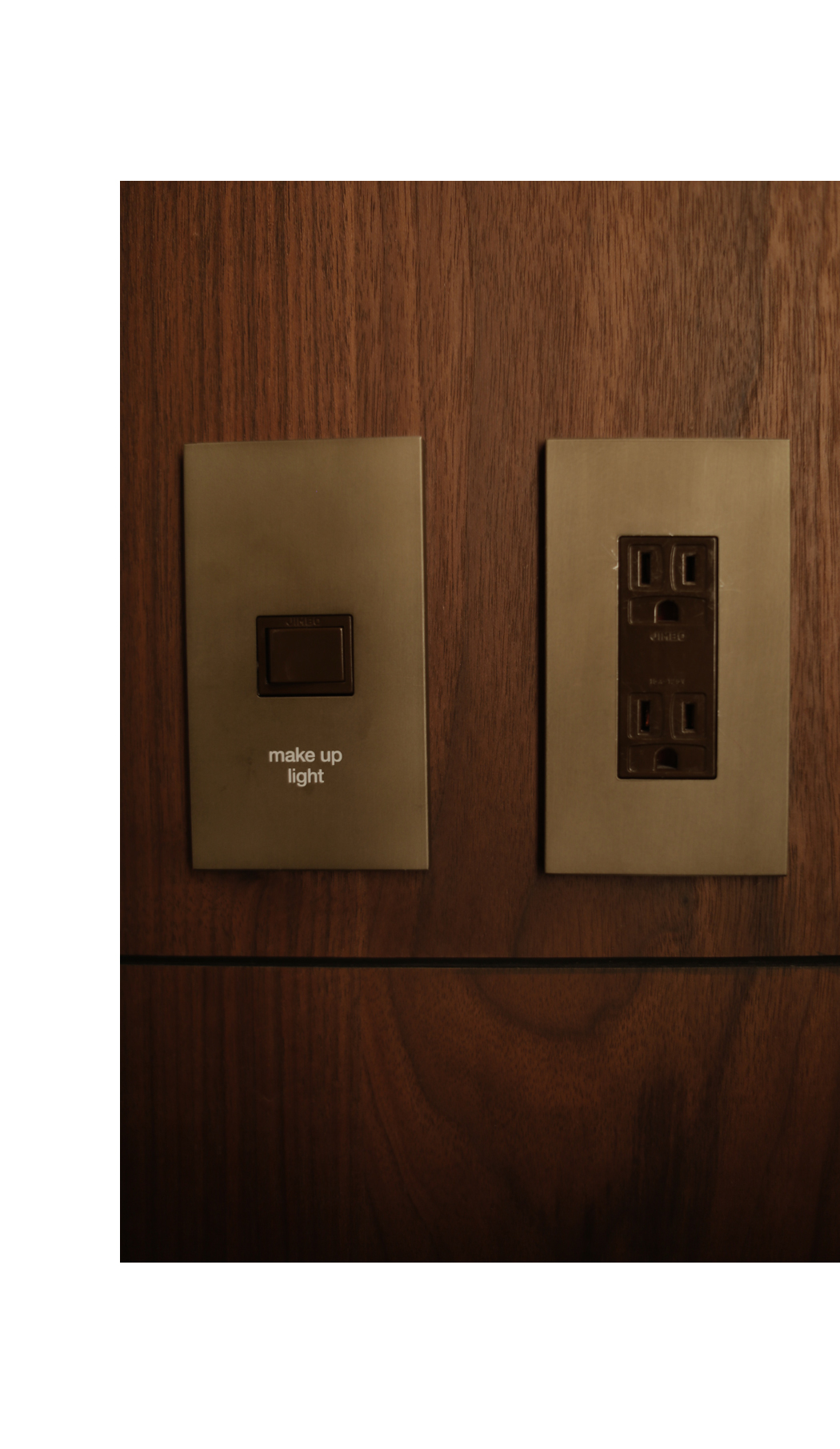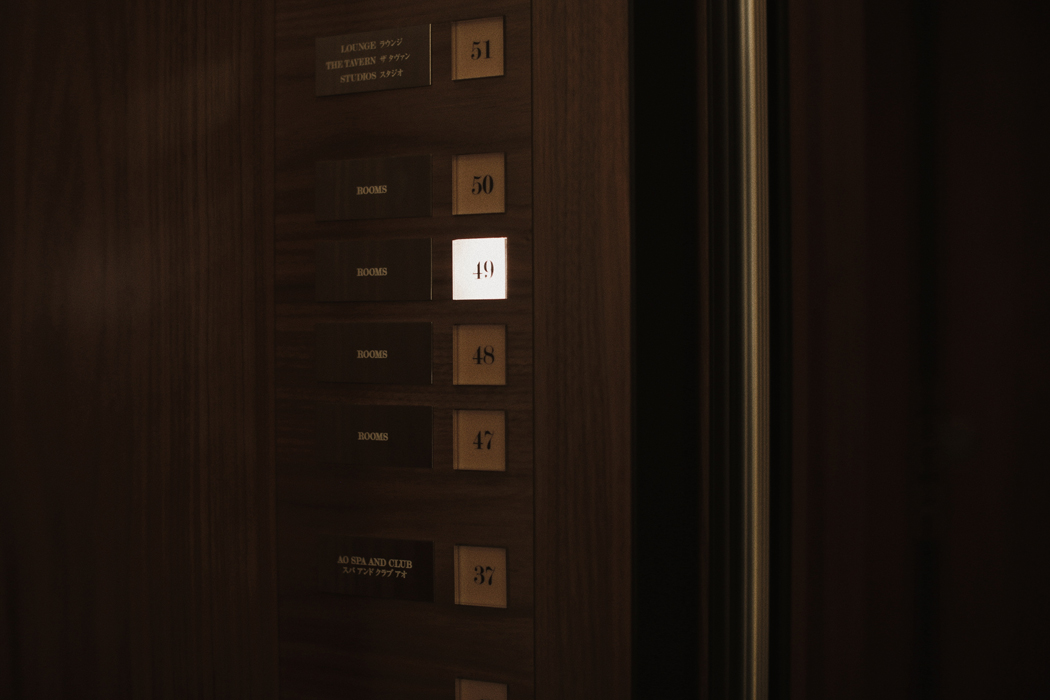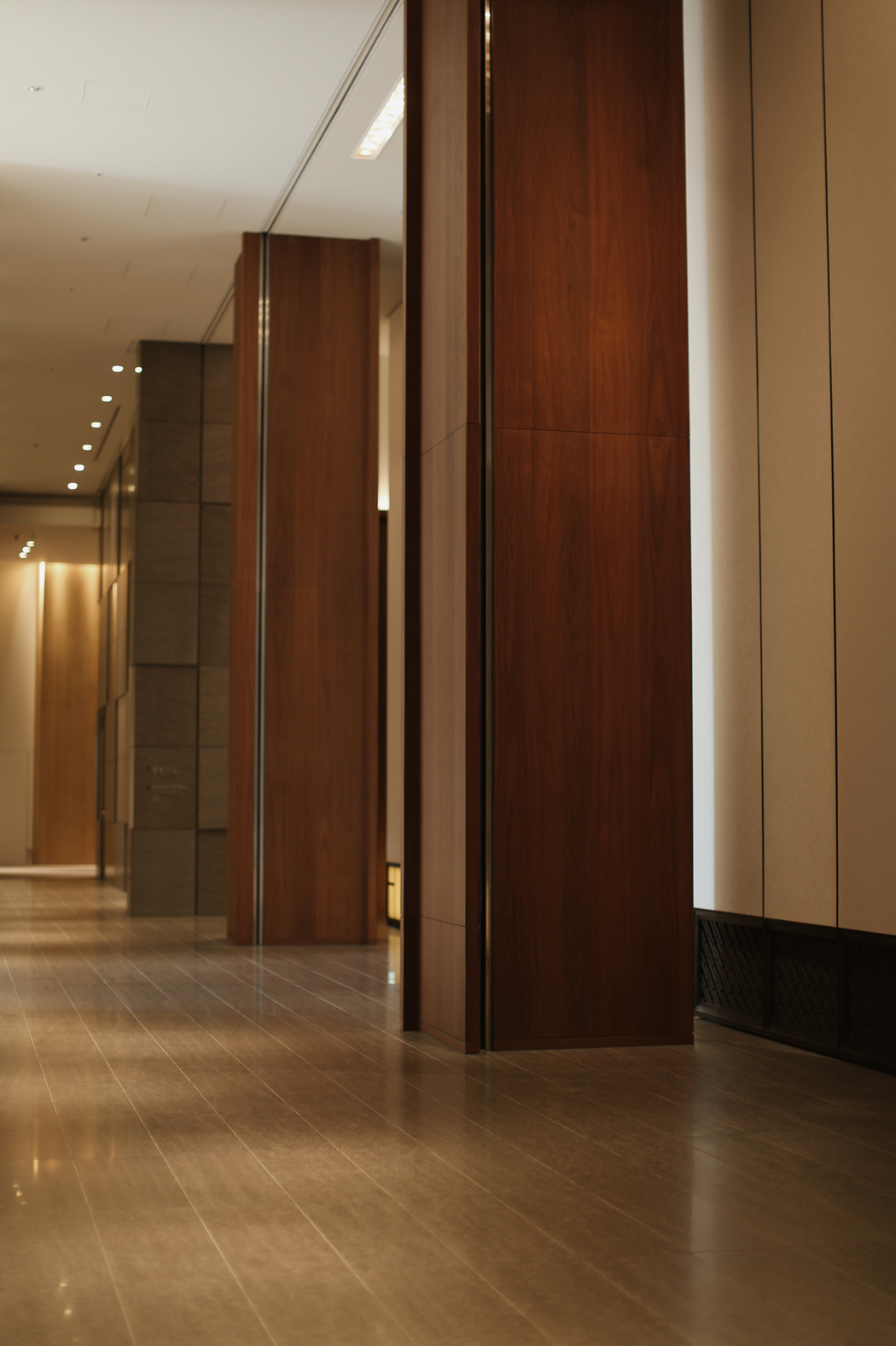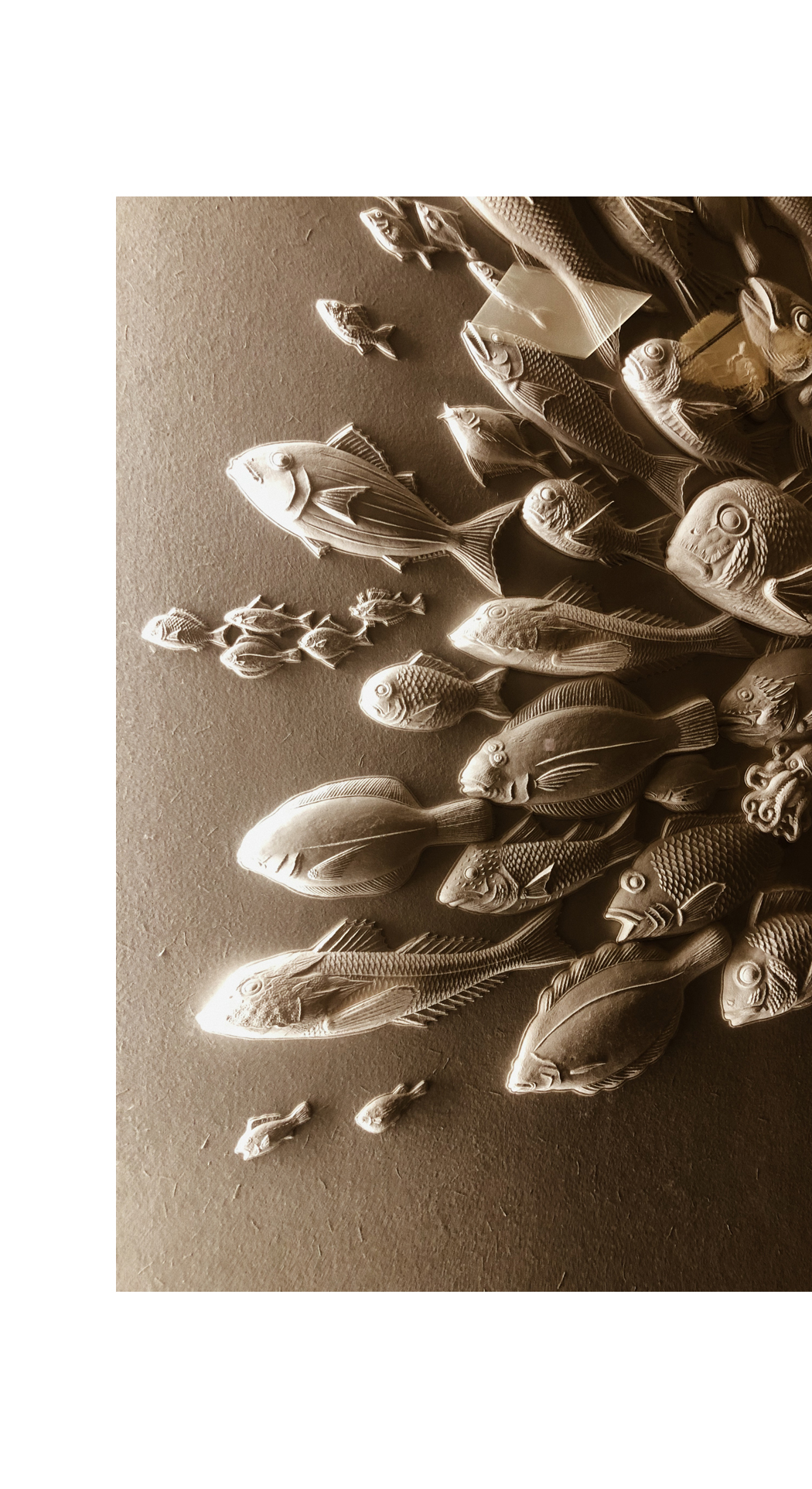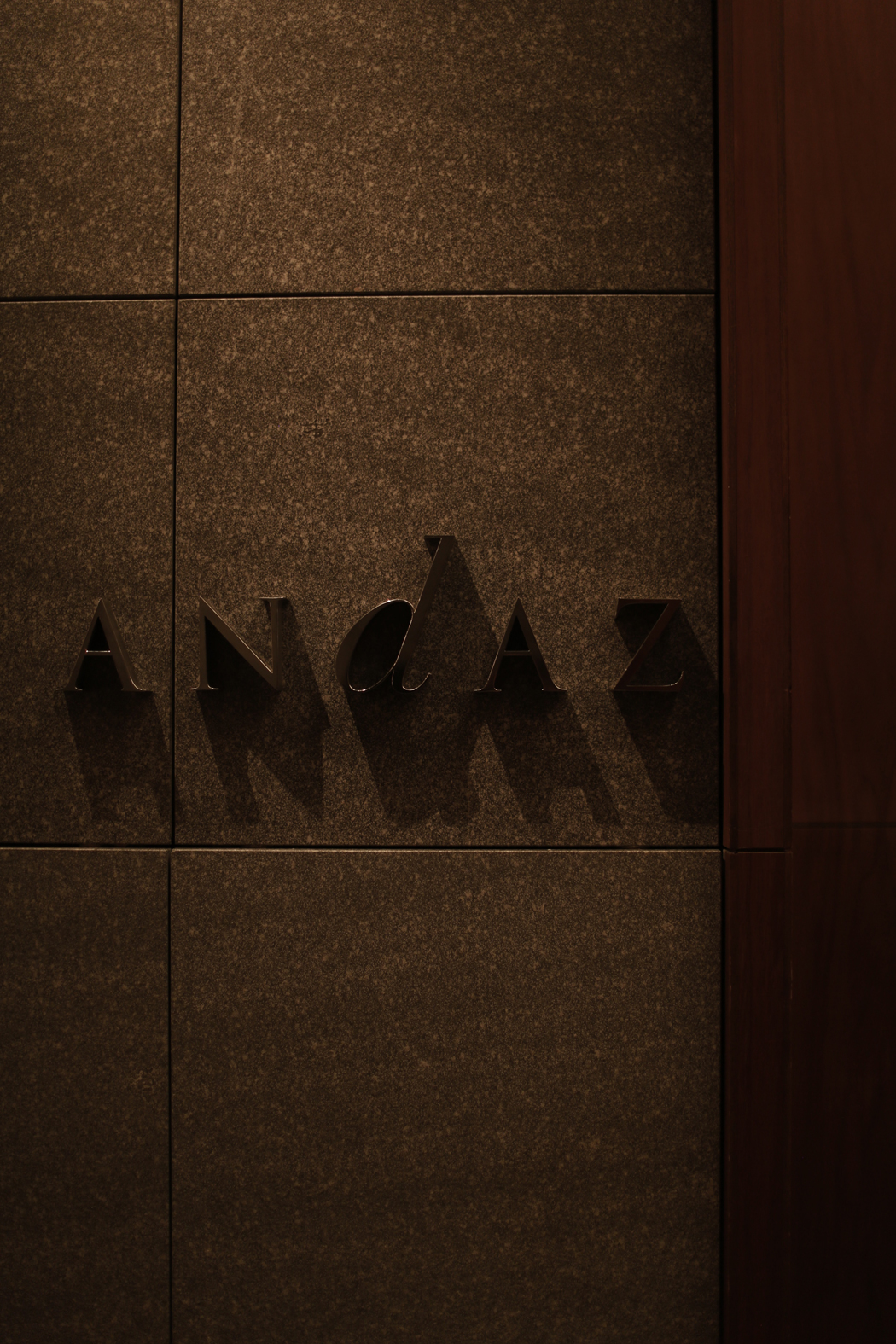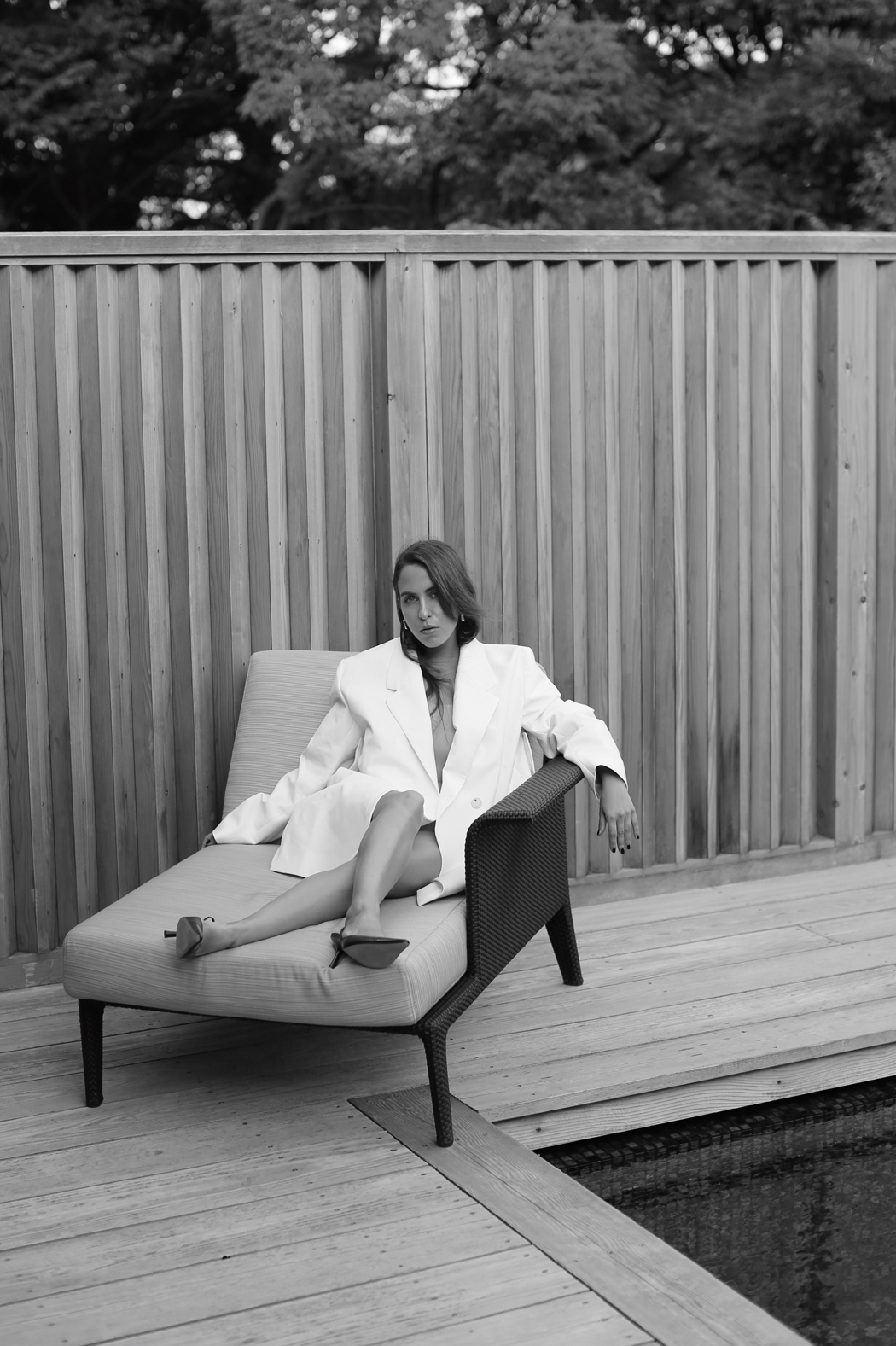TOKYO – SEPTEMBER 20th 2018 [ANZEIGE]
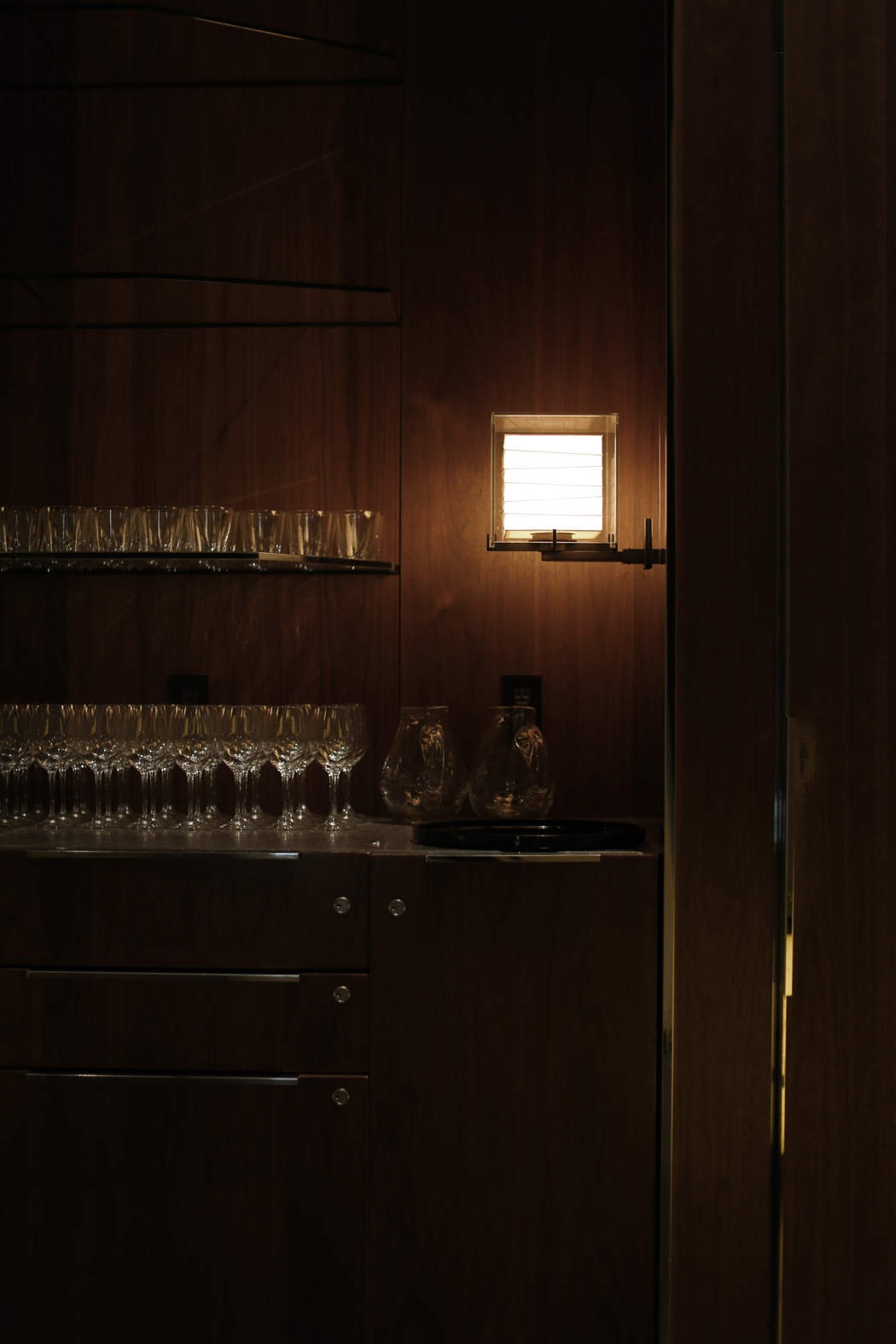
Tokio – eine Stadt, die sich nicht nur immer weiter in die Breite entwickelt und mittlerweile mit der Metropolregion Yokohama zu verschmelzen scheint. Tokio ist vor allem eine Stadt, die in die Höhe wächst. Die Stadt ist von Platzmangel geprägt. Somit natürlich auch von Wolkenkratzern. Und hier muss einiges untergebracht werden – so gibt es auch schonmal Sterne-Restaurants zwischen Büro-Etagen und Privatwohnungen. Oft ganz unscheinbar. Als Geheimtipp oder als sehr exklusive Adresse. Das ANDAZ TOKYO befindet sich in genau so einem Gebäude. Zwischen der 47. und 52. Etage des Toranomon Hills Buildings erstreckt sich in schwindelerregender Höhe das 5-Sterne Luxushotel – im höchsten Gebäude der Stadt.
Das Innendesign des Hotels stammt auch hier von Tony Chi – der bereits zusammen mit seinem Studio Tonychi das Interior des New Yorker ANDAZ 5th Avenue konzipierte und umsetzte. Die 164 Zimmer des ANDAZ TOKYO spiegeln einen ästhetischen Mix aus Vergangenheit, Gegenwart und Zukunft wider – traditionelles japanisches Design wird in einen zeitgenössischen Kontext gebracht: Tony Chi hat mit seiner Vision eine Atmosphäre aus nachhaltigen und minimalistischen Design geschaffen, die dem Besucher das Gefühl vermitteln soll in eine Art Zeitkapsel zu treten. Zukunft und Vergangenheit treffen stilsicher aufeinander. Seine Inspiration holte er sich vom japanischen Papier “Washi”, welches traditionell für Origami verwendet wird. Im Korridor, in den Fahrstühlen, an den Türen – das Papier findet sich überall in Details wieder. Kombiniert mit dem tiefsten und dunkelsten Walnuss-Holz aus Hokkaido entsteht so eine ganz besondere Stimmung.
Mein persönlicher Favorit: Die Zimmer. Die Ruhe im 50. Stock, der Blick auf die Stadt, auf den Highway – ein futuristisches Bild. Besonders in der Dämmerung. Kontrastreich wird es sobald man sich vom Fenster abwendet und den Blick ins Innere des Zimmers lenkt: Das von Shoji-Türen inspirierte Badezimmer erinnert an traditionelle japanische Wohnhäuser, die runde Badewanne an die Onsen-Bäder, der grün-gelbliche Teppich wirkt zunächst etwas gewöhnungsbedürftig, lässt den Besucher allerdings direkt in einen ruhigen Garten tauchen.
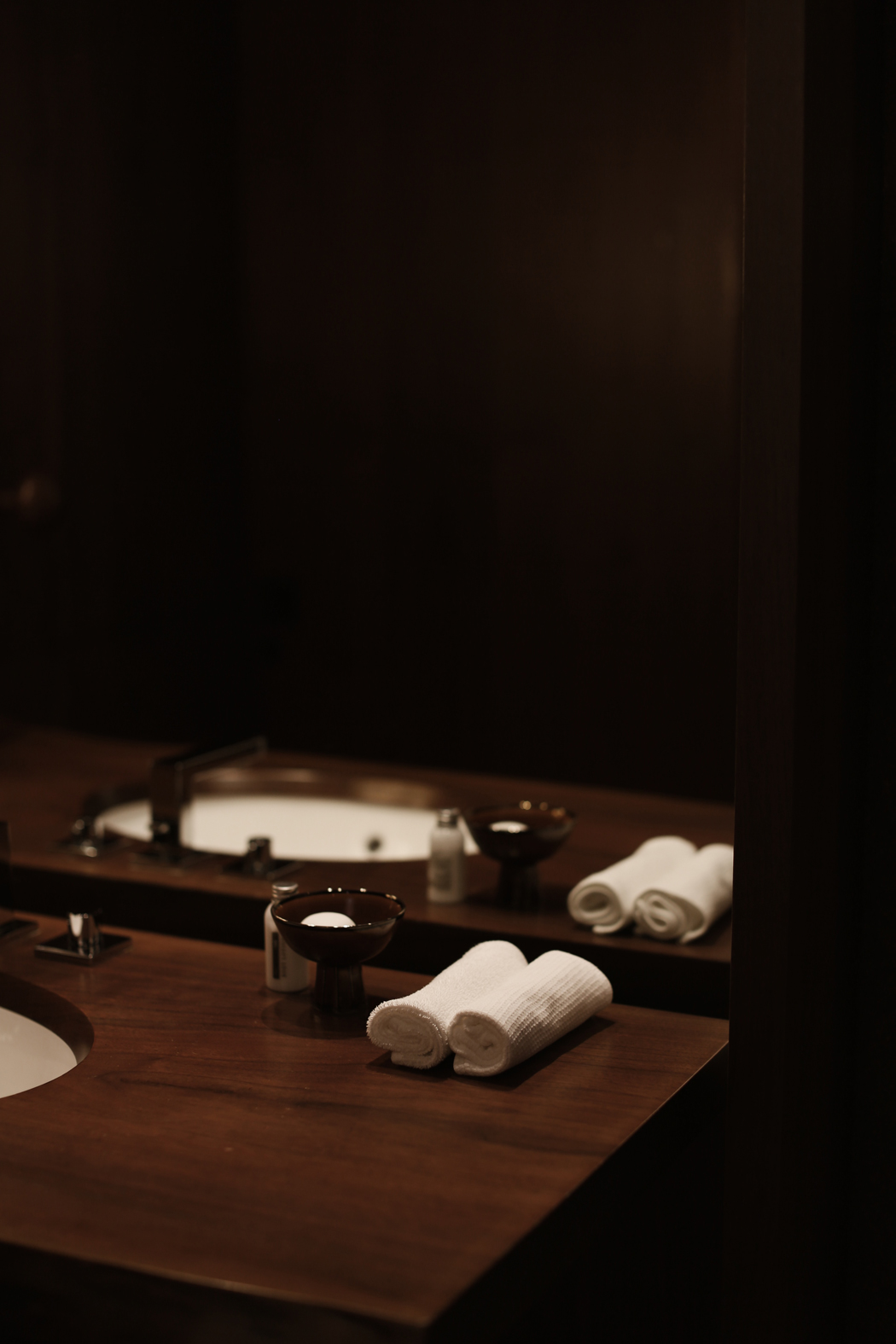
The Greater Tokyo area continues to be the largest urban area in the world, so it’s no big surprise that the urban planning also continues to raise skyscrapers in the city. Due to the lack of space, a lot of businesses and shops share one building: Highly-acclaimed restaurants, offices, private residences as well as shopping malls and hotels can all be found in the same skyscraper. The 52-story Toranomon Hills accomodates ANDAZ TOKYO – a 5-star luxury lifestyle hotel located on the top six floors of the building.
The interior of the hotel is designed by New York-based Tony Chi and Tokyo-based SIMPLICITY. Chi, who was also responsible for the ANDAZ 5th Avenue in New York, says he wanted to create a space which represents the past, present and the future of Japan – the design is all about shares memories and visions that look forward to the future. This connection can be found in every detail of the hotel; it’s an intimate experience of Japan throughout the whole property, focusing on Japan’s close relationship with nature and sustainability. Tony Chi’s major inspiration for the design of the hotel was the Japanese paper known as ‘Washi’, traditionally used for walls and sliding doors. ‘Washi’ is found in the elevator art, the corridors and lamps, among other places, paired with dark walnut wood and brass elements. The moveable partitions in the guestrooms are inspired by ‘Shoji’ – traditional sliding doors in Japanese houses. And the yellow-greenish carpets in the bedroom are a reference to the nature and the gardens of Japan. All of these elements create a tranquil and relaxing atmosphere. Overall the hotel tells a perfect story about the past of the country, connecting it with the vibe and design of today and tomorrow. The experience of the hotel is unique and definitely worth a visit.
– In Zusammenarbeit mit ANDAZ TOKYO –
All thoughts and ideas are 100% my own! Thank you so much for supporting partner posts and brands that support this website.

